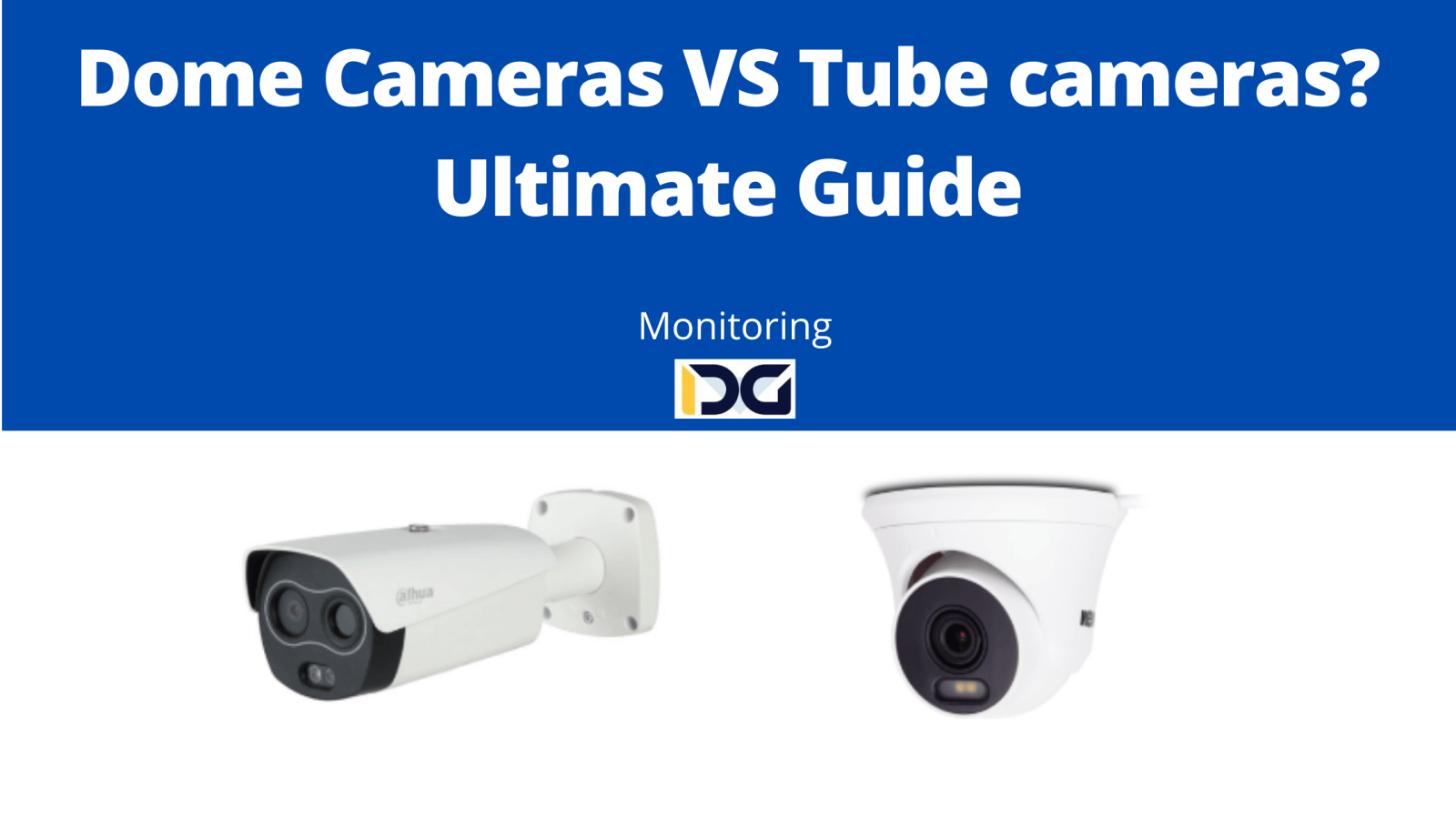
What are the main differences between dome cameras and bullet cameras?
The only difference is the type of housing. Dome cameras can be mounted on both ceilings and walls, while bullet cameras are typically wall-mounted. Dome cameras are more discreet and aesthetically pleasing, while bullet cameras are more visible and may not blend well with every interior.
In what situations are dome cameras more useful, and in what situations are bullet cameras preferred?
Dome cameras are particularly useful in low-clearance areas and corridors. Bullet cameras are easier to mount on structures and poles with limited mounting surface available.
Are dome cameras more resistant to sabotage than bullet cameras?
Yes, mainly due to their spherical shape, which makes them difficult to knock or pry off walls or ceilings. Some dome cameras also come with increased mechanical resistance in IK10-rated housings.
What are the advantages and disadvantages of dome cameras and bullet cameras?
Both dome cameras and bullet cameras are weather-resistant and suitable for both indoor and outdoor surveillance. Both types of cameras can also be equipped with wireless Wi-Fi connectivity or be connected via a wired connection to a CCTV monitoring recorder. Popular manufacturers of such cameras include Hikvision, Dahua, and BCS.
A disadvantage is their relatively small size, which limits the possibility of installing larger optical and electronic components inside the housing.
Advantages of Dome Cameras:
The main advantage of dome cameras is their compactness. Due to their shape, they are more resistant to vandalism and accidental damage. This type of housing is also commonly used in PTZ (pan-tilt-zoom) and fisheye cameras.
Disadvantages of Dome Cameras:
Due to their larger diameter, they require more surface area for installation. The smaller distance between the lens and the mounting surface may result in a limited field of view due to wall-mounted elements. They can also become very hot when mounted on suspended ceilings, which drastically reduces the surface area available for cooling the camera’s electronics.
Advantages of Bullet Cameras:
They require less surface area for installation and are easily mounted on structures such as steel poles. The greater distance from the mounting surface allows for better visibility of cornices and other wall-mounted elements. The longer housing allows for the use of lenses with a longer focal length, providing greater magnification.
Disadvantages of Bullet Cameras:
They are more susceptible to acts of vandalism and can be accidentally repositioned or knocked out of place.
Are dome cameras of higher image quality than bullet cameras?
No, because they are essentially the same cameras housed differently. Manufacturers often produce the same camera models in both dome and bullet housings.
What are the typical applications of dome cameras and bullet cameras?
In general, there are no limitations to their applications, and they can be installed literally anywhere and in all types of surveillance setups. These two types of cameras are the most commonly used and have long replaced compact cameras that previously dominated the market.
What are the costs of purchasing and installing dome cameras and bullet cameras?
The costs of purchasing and installing dome cameras and bullet cameras are generally the same. Prices can range from several dozen to several thousand złoty (Polish currency).
Are dome cameras and bullet cameras easy to operate and maintain?
Yes, they are relatively easy to operate and maintain. Typically, cleaning the lens and housing is sufficient. Checking the connections and sockets is also recommended.
Are there any special installation requirements for dome cameras and bullet cameras?
There are no special installation requirements. They can be installed using standard mounting techniques. The type of mounting is adjusted based on the type of surface on which the camera is installed.
What innovative solutions are available for dome cameras and bullet cameras?
In line with the latest trends, cameras are equipped with increasingly advanced sensors and lenses. Currently produced dome and bullet cameras are capable of capturing color images at night under moonlight conditions.
Fisheye cameras can record images with a 180 or even 360-degree field of view.
Also check out our guide: How to install the monitoring yourself
